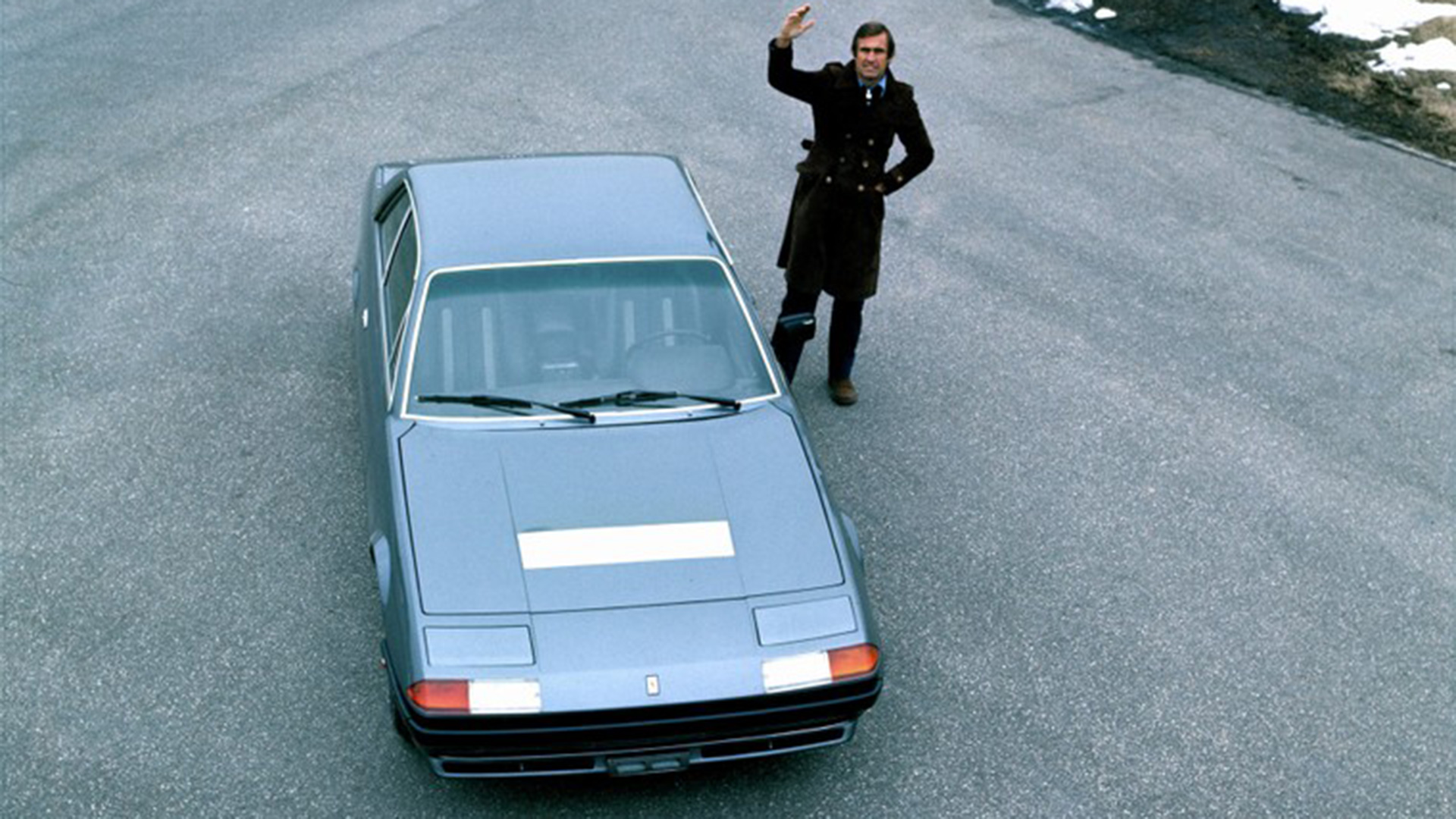







NIKI DOUBLE
SECOND WORLD TITLE WITH 312 T2



NIKI DOUBLE
The 1976 season left a very bad taste in Ferrari’s mouth because of how it ended, after Niki Lauda decided to retire on the second lap of the rain-drenched Japanese GP. As a result, the title went to James Hunt in the McLaren, so the Austrian’s incredibly fast return to the track after his horrific accident at the Nürburgring had been in vein.

Lauda, however, arrived at the start of the new championship in fighting form, even though victory in the first round in Argentina went to newcomer Wolf and South African driver Jody Scheckter. The second grand prix of the season, in Brazil, was won by the Prancing Horse’s other driver, Argentinian Carlos Reutemann. Lauda took his first win of 1977 in the tragic South African Grand Prix, which was rocked by the death of Tom Pryce. The British driver was killed instantly when he was struck by a heavy fire extinguisher being carried by a marshal, as he rushed across the track to deal with a fire in Renzo Zorzi’s Shadow. Unfortunately, after the incident, Pryce’s car continued down the straight and hit the Ligier of Lafitte who was braking into the first corner. Fortunately, the French driver emerged unscathed from the collision. Mario Andretti drove the Lotus to victory at Long Beach, while Lauda racked up good points by delivering three second-place finishes in four races. In France, despite finishing a modest fifth, he took the lead in the championship and held onto it for the rest of the season. Thanks to the latest modifications, the 312 T2 was an almost-perfect car and the very determined Austrian did not put a foot wrong. Car number 11, in fact, won at Hockenheim in Germany in what felt like an exorcism of the accident at the Nürburgring 12 months previously, and then did so again in Holland. It also took secured second-place finishes in Great Britain, Austria and Italy. Thanks to Lauda’s podium position at Monza, Ferrari sealed the Constructors’ Cup with three races remaining in the season. The Italian crowd went wild, in part because the top step was occupied by a former, and still-much loved Ferrari driver, Mario Andretti, who was then with Lotus. All that remained was for Lauda to clinch the Drivers’ title. His mission was simple as he required just a single point.
The race at Watkins Glen on October 2 was a challenging affair as the track was treacherous because of heavy rain. Lauda took a cautious approach which paid off handsomely in the end. The race was won by reigning World Champion Hunt in the McLaren, but the Ferrari driver’s fourth was enough to bring the Englishman’s reign to an end and take the Drivers’ crown back to Austria. However, once the battle for the world title was over, Lauda and Enzo Ferrari’s very different perspectives came to the fore. The Austrian felt that much of the credit for the victory was due to his skills and asked for a substantial raise, something Ferrari would not grant. This ultimately led to the two men going their separate ways, with the situation coming to a head on a race weekend. Lauda went to Canada but refused to take part to the race weekend, declaring that the car didn’t have the potential to win at Mosport Park. He then packed his bags and returned to Austria, throwing down the gauntlet to Ferrari in controversial fashion. Speaking of his own merits during the 1977 season. Lauda declared: “We’ll see where I’ll be in two years’ time and where Ferrari will be!” In response, Enzo Ferrari replaced the champion with an unknown Canadian with just one GP to his credit: Gilles Villeneuve.

Two years later, the Maranello Scuderia celebrated Scheckter winning the Drivers’ title and the second position delivered by Villeneuve, whose style thrilled the Prancing Horse tifosi like no other. Disappointed by the performance of his Brabham, Lauda, on the other hand, announced his first retirement from racing. Enzo Ferrari had won that particular bet too.